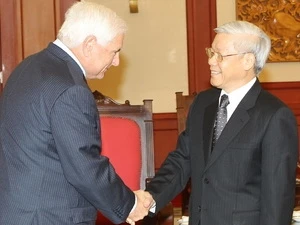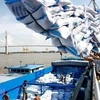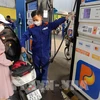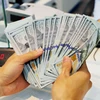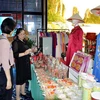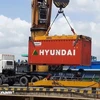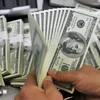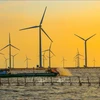Hanoi (VNA) – Panama has permitted 17 seafood processing facilities in Vietnam to export seafood products to the country, according to the Panama Food Safety Authority (AUPSA).
The announcement came in an official letter sent by AUPSA to Vietnam’s National Agro, Forestry, and Fisheries Quality Assurance Department (NAFIQAD).
NAFIQAD Director Nguyen Nhu Tiep said the department had proposed the 17 eligible enterprises should actively interact with their customers and importers in Panama. Meanwhile, they must also be registered with the NAFIQAD under existing regulations for seafood product exports to Panama, reported vietnamplus.vn.
Tiep said the department would require its regional agro, forestry and fisheries quality centres to inspect export batches and issue export licences for them based on AUPSA’s standards.
In addition, he said the department had also asked AUPSA to quickly announce the problems associated with seafood processing and export facilities in Vietnam that Panama had inspected in June, which were not granted permission to export seafood to Panama.
The announcement of those problems would help Vietnam’s enterprises find solutions to reach Panama’s food standards and achieve permission to export to Panama, he said.
According to NAFIQAD’s official letter to AUPSA, the department has also asked for clarifications of some regulations that were not suitable for seafood products, he said.-VNA

